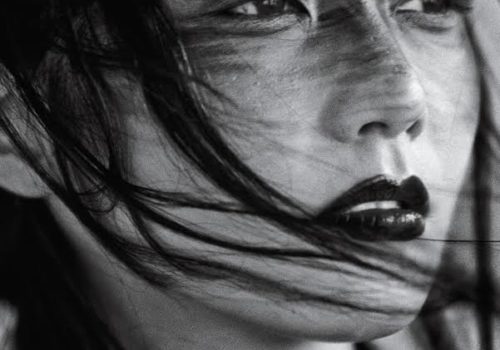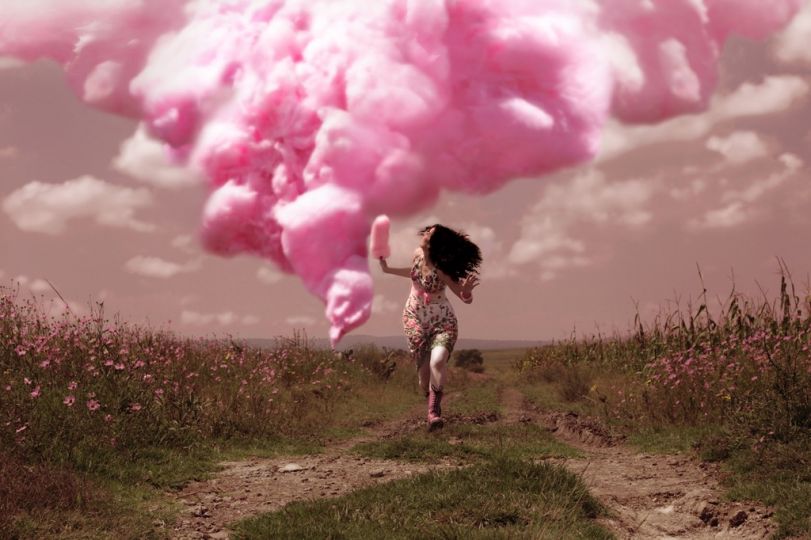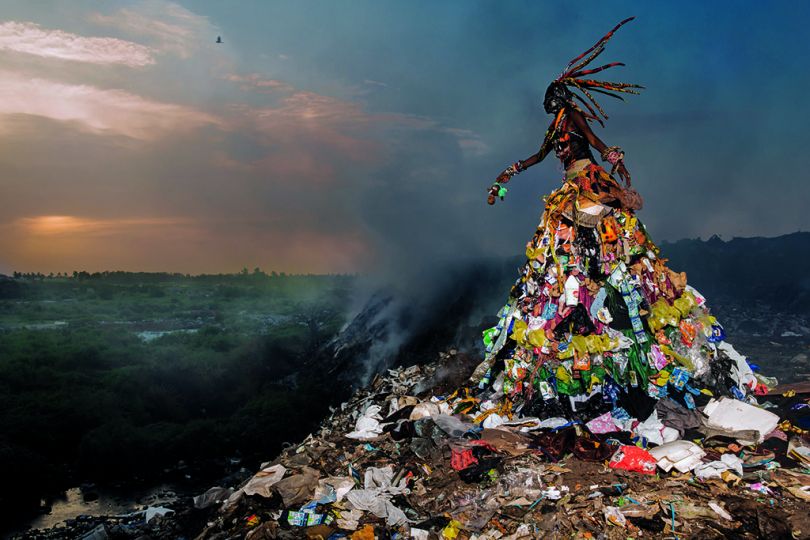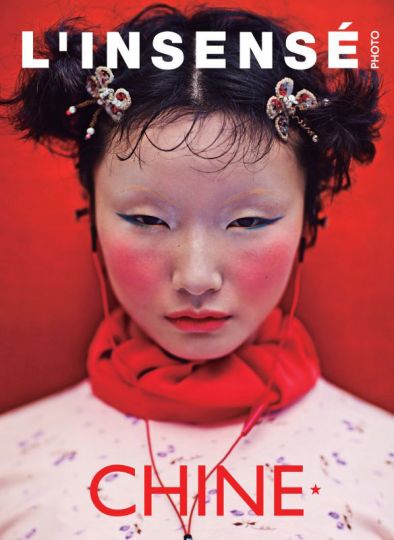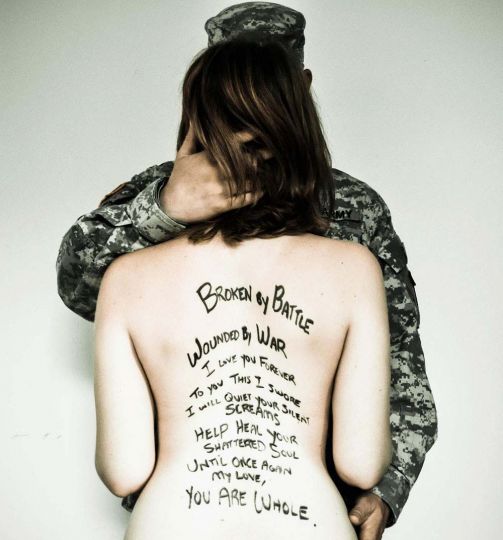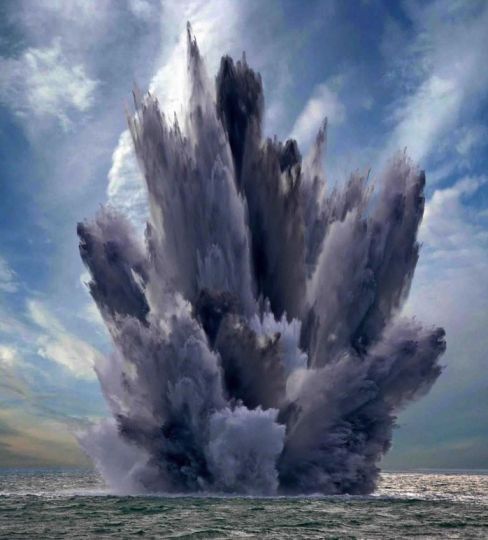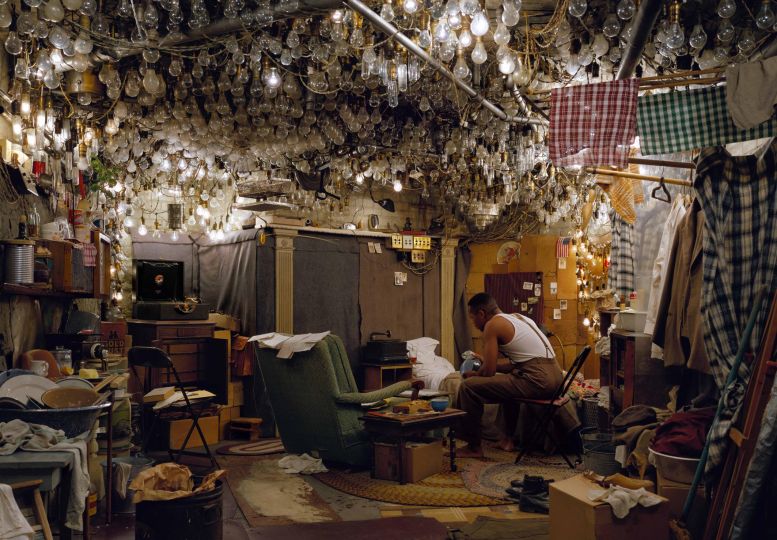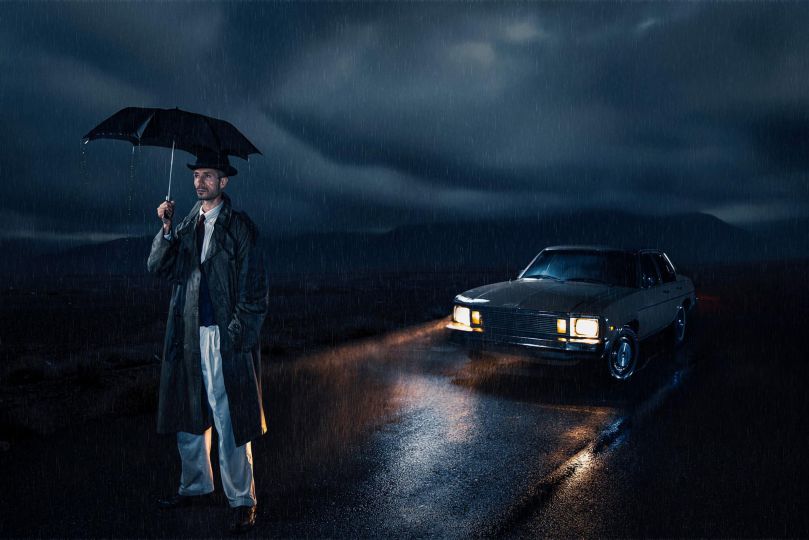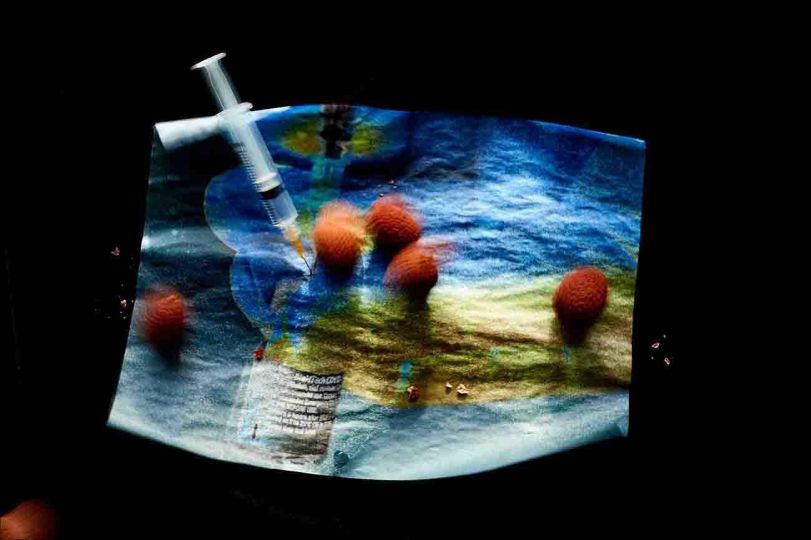Vanessa Van Zuylen was less than twenty five years old when she created L’Insensé with Elizabeth Nora in 1991. The convergence of the two personalities coming from two generations would give birth to a magazine whose portfolio format, turned cult, it is celebrating its quarter of a century anniversary.
At the beginning of the 1990s, they together imagined a cultural object inherent to their desires. A magazine took shape, and the first maquette was made by hand in a bedroom with tubes of glues and scissors. Above all else, it was about making it physically exist, making up an object of texts and images, fast, before the idea disappeared and the questions without answers (financial questions, for example) had not dampen the enthusiasm of its beginnings. The question of financing? They would see later. When Vanessa van Zuylen discovered a possible godsend via luxury advertising with Lancôme, Gallimard, and even Pierre Bergé, a budget was created, and the printers were able to be paid.
The first issue of L’Insensé was published in 1991. In a moment of boldness, the two associates made a call to Peter Beard, who invited them to Montauk, at the tip of Long Island. After serendipitously coming to Richard Avedon’s garden, they spent a day with Peter Beard. Their objective: to get a photo and a subject for a magazine that was not yet well-known. The American photographer trusted them. He showed them large negatives as well as a letter to his daughter Zara, of which they reprinted an exact copy in the magazine. While they were getting ready to leave with everything they needed to make their article, the artist gave some advice to Elizabeth Nora, called Zabo: “You know, Zabo, it makes photos pop, loosens the frame.” “Loosens the frame” : L’Insensé kept its course.
The Art of Composition
Since 2000, L’Insensé has been L’Insensé Photo by casting aside texts to focus solely on photography. There would no longer be a layout strictly speaking, but very precise editorial work that together would impart a unique presence on the photo within the portfolio format. Photography like material and nothing else.
The issue Femmes & photographie established a modus operandi to which the magazine would stay true: theme, an introduction from authors, and for the rest, the images spoke for themselves. Those to follow would be Japan, the Netherlands, Spain, the French Touch, Berlin, England, Switzerland, Russia, China, Africa, and South America. Each time, L’Insensé would present the work of fifty photographers who shared a common territorial identity. Even if the magazine did not refrain from a few rare tributes, L’Insensé established another rule that anchored it in the present: the photographs had to be created after 2000.A Manifest of contemporary art photography, the magazine wanted to show what one could see from a country or continent “a moment ”, a freeze-frame.
Years after years, Elizabeth Nora and Vanessa van Zuylen scanned the horizon and chose their theme. They had a way of working that involved total immersion: showing work of photographers from the same territory (or from the same sex, for the issue on women) falls under a form of non-verbal sociology and reveals a much larger world than the photo itself. The news, literary sources, and even the internet were studied, analyzed, and indexed, indirectly culminating in a coherent and personal point of view revealed through a selection of about 100 photos.
With a solid photographic culture forged from the fires of books and festivals, Elizabeth Nora worked by ramifications, with her team, in an office wallpapered with photographs. Like a curator of an exhibition, she was interested by all the key elements. This work of editing took time to come to fruition and to get the necessary distance away from the familiar, the common, from what has been seen before. Elizabeth Nora finalized her own touch and offered, as a result of much long thought, feasible structure, something like that of music that brings everything together. The editorial line offered a rhythm, carried out combinations, a chance to read photos whose association was not linked to simple coincidence but evoked major cultural elements, possible reading segments for a territory, and an identity that we can get to know from just a few images. By arranging her imaginary museum, she made her choices known, interpreted art photography, and offered a point of view.
Once the choices were made, there was no turning back. L’Insensé contacted selected photographers from the entire world, whether they be known or unknown, press photographers, fashion photographers, or documentary photographers, and concentrated on promoting them. Sometimes, the artists would answer from cybercafes like the Malian artist Mamadou Konaté. Sometimes, they would leave their country to study or work, but their identity remained. The diaspora added up to as mush as it expanded.
Photography and Territory
In 2014, the Africa issue gave a compulsory point of view difficult to justify because of its ambition. The issue showed a distance from what we knew, and, in a creatively dynamic way, helped to confirm the talent of photographers such as Mary Sibande, Omar Victor Diop, and Lakin Ogunbanwo, who had, in the crowd, asserted their presence on the art scene.
This year, L’Insensé invited Korea and photographers who are face to face with a rampant modernity to contribute. The very physical description of the demolition of Seoul, even social phenomenons like plastic surgery, were inevitable crossings. South Korea is the country of K-pop, but also a country that has the highest rates of suicide on a global scale.
L’Insensé also exhibited those who left to study or live abroad and whose photography is face to face with European and American artists, thereby illustrating the impact of globalization on art. This includes Kim Shinwook Chun Kyung Woo, who gives testimony to a possible plasticity of an image, which is adapted and reused in other ways.
Another unsaid, or unspeakable, rather, thing brought to the surface by the photos was the national drama of Sewol, the South Korean ferry that capsized April 16, 2014, causing the deaths of more than 300 people. The two images dealing with this are by photographer Lee Sang Youp. They are of small boats placed on the ground as a tribute. Without being openly militant, this image amplifies the echoing of a much larger reflection on Korean society. The First Minister Chung Hong-won resigned following the affair, which exposed, in his own words, “the deepest malaise”. Without being dramatic, nor trying to quiet the drama, the magazine offers a time to read, a discrete glimpse into the world offered by photography.
“The first twenty years will always be the longest half,” Robert Southey wrote, illustrating their importance. Since then, the l’Insensé Photo team welcomed Leïla Sy and Céline Andreassen. They embody a revival and have opened a dialogue now for three generations. At twenty-five, l’Insensé knows how to look after its youth. This is evident in Young Ones, a digital platform dedicated to youth photography, launched in November 2016.
Elizabeth Nora and Vanessa van Zuylen’s eye has allowed to create an all-in-one object, soaking in its time and generating a concrete mark that could be confused with a minimally formatted exhibition since each image is treated as a print. L’Insensé is read as much as it is looked at, offering a persistent longevity, a fixed testimony.
Clara Bastid
This article was written after an interview with Elisabeth Nora and Céline Andreassen organized by the association Profession Photographie at the Institut National d’Histoire de l’Art on May 30th, 2016, www.professionphographie.org

